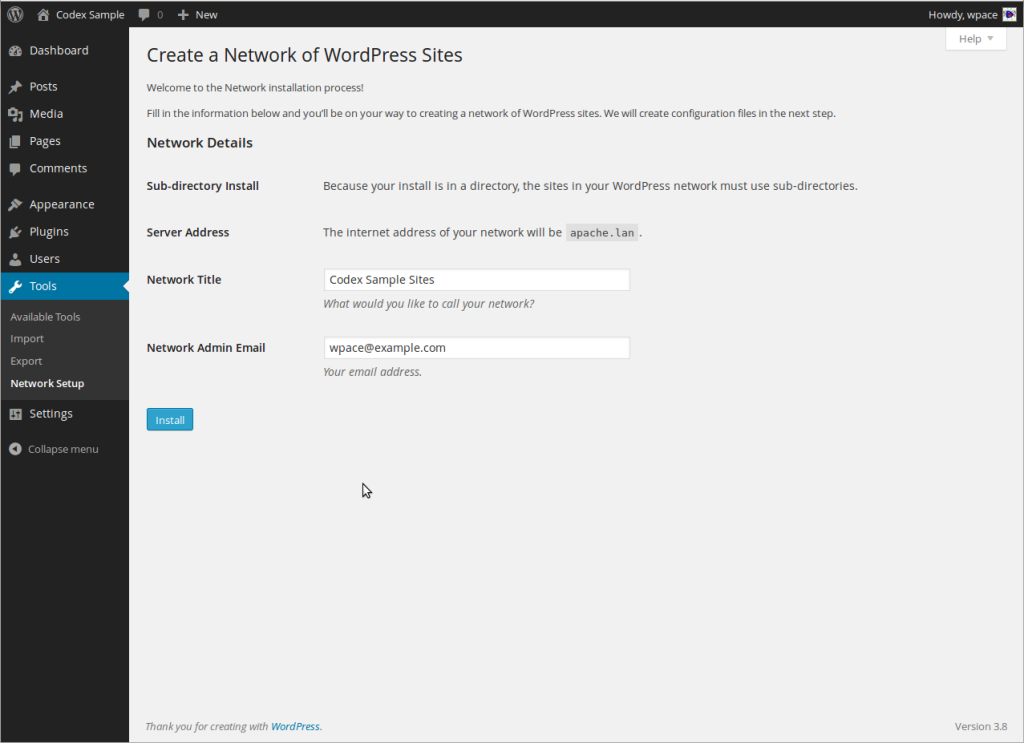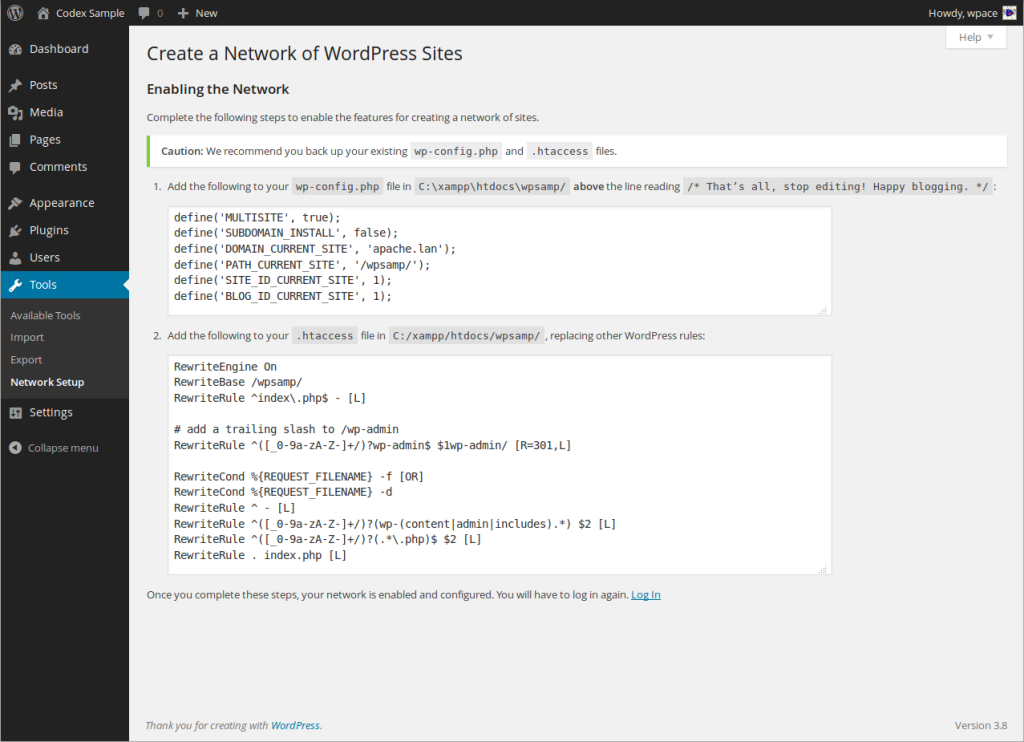WordPress Multisite – the ability of WordPress to have multiple sites for the same installation immediately attracted me. I ran a blog in two languages using a WordPress plugin. The plugin offered basic translation of blog content, while advanced options were available in the paid version. By advanced options I mean URLs, tags and meta tags that mean a lot to SEO. Using the multisite feature eliminates the use of plugins and allows a greater degree of freedom in optimizing your WordPress site. A little more about migration to WordPress multisite follows in the rest of the text.
What is WordPress Multisite?
To begin with, a little theory. WordPress multisite represents the possibility of WordPress that several different sites can use the same files (of the WordPress instance) and database. Sites may be similar in content but translated into different languages. Then, within one company, you can have completely separate sites for different subsidiaries, or for different regions, branches, etc. The possibilities are limitless. The best example of the application of this possibility is wordpress.com , a place where any user can register his account and start a blog on a chosen subdomain.
Why use WordPress Multisite for multilingual sites?
For few years now I have a bilingual blog – Serbian and English. However, using the free version of any plugin that provides this functionality imposes limitations. The ability to translate posts, menu items, and labels is about as far as you can go. English texts are left with meta tags in Serbian, which search engines don’t like too much.
A little googling and I found out that all this can be bypassed and that I additionally SEO optimize the site for each language individually. With WordPress multisite capabilities, I can now translate URLs for each post, meta texts and tags for the entire blog. Multisite is an appropriate name!
What are the disadvantages of WordPress Multisite?
So far, the good sides of using WordPress Multisite have been highlighted. SEO optimization is a very important item when running any website. Along with a number of others, such as separate management of content for such sites.
Such a configuration also imposes a number of conventionally speaking disadvantages. Managing such sites is more complex. It essentially duplicates the work of creating a site design. Plugins management is separate for each site. A more complex structure for user accounts on the site is imposed.
All of the above is conditionally said to be a disadvantage. When you realize the fact that you are doing the exact same thing for multiple sites, then everything written above does not sound terrible. After a few days of adapting to the new model, nothing is strange and it does not represent an additional effort in managing the site.
How to set up WordPress Multisite?
Before I continue, a small warning and recommendation. If you want to use this feature of WordPress, you need to check if your hosting supports WordPress Multisite configuration. If it supports, just keep reading!
Multisite is not enabled by default, but editing the wp-config.php file and adding the following content will enable and trigger the setup:
/* Multisite */
define( 'WP_ALLOW_MULTISITE', true );After changing and refreshing the page, you will again have access to the admin area of WordPress and the Multisite setting will follow. A new Network Setup option will appear in the Tools menu. After that you will select the Create a network option.

The user you are logged in with during setup will become a super administrator, that is, an administrator of the site network. You will need to create separate users for each site later.
Subdomain or subfolder?
Another important item is the choice between subdomains and subdirectories around creating URL for the network. Using subdirectories is possible for new WordPress installations. While for sites that have existing content it is possible to use only subdomains. In my case, this is the desired variant.
URL layout for:
- Subdomain: https://en.nenadsky.com
- Subdirectory: https://nenadsky.com/en/
After filling out the form for the site network, you will need to add certain lines of code to your .htaccess and wp-config.php file to make the network officially live. WordPress itself will generate the exact content that must be added to the files. So a copy/paste job.

The code that needs to be added to wp-config.php has the following content:
define('MULTISITE', true);
define('SUBDOMAIN_INSTALL', false);
define('DOMAIN_CURRENT_SITE', 'apache.lan');
define('PATH_CURRENT_SITE', '/wpsamp/');
define('SITE_ID_CURRENT_SITE', 1);
define('BLOG_ID_CURRENT_SITE', 1);The code that needs to be added to .htaccess is as follows:
RewriteEngine On
RewriteBase /wpsamp/
RewriteRule ^index.php$ - [L]
RewriteRule ^([0-9a-zA-Z-]+)?wp-admin$ $1wp-admin/ [R=301,L]
RewriteCond %{REQUEST_FILENAME} -f [OR]
RewriteCond %{REQUEST_FILENAME} -d
RewriteRule ^ [L]
RewriteRule ^([0-9a-zA-Z-]+/)? (wp-(content | admin | includes).) $2 [L] RewriteRule ^([0-9a-zA-Z-]+)?(..php) $ $2 [L]
RewriteRule. index.php [L]After refreshing the page, it may take some time to refresh the DNS, you will have a network of sites created. The option to set up each site separately is available and you can start playing. From one you have two or more sites available for your product, blog or anything else in one or more languages all depending on your needs.
Conclusion
For me personally, discovering and enabling this option is a turning point of sorts. I liked it at first, but I carefully researched what it offers and how to set it up. The transition to the multisite network is still ongoing, but is largely complete. I wanted to share my enthusiasm and acquired knowledge and experience with this text. Setup was extremely simple and quick. Configuration is completely precise and intuitive. Just one more thing I would like to point out and that is to backup your blog before starting the setup. You never know, and it can mean a lot! Guide and documentation for enabling Multisite option can be found here.
